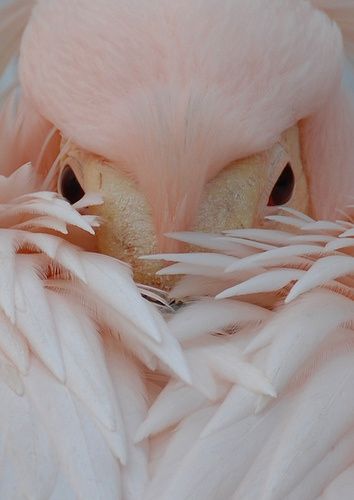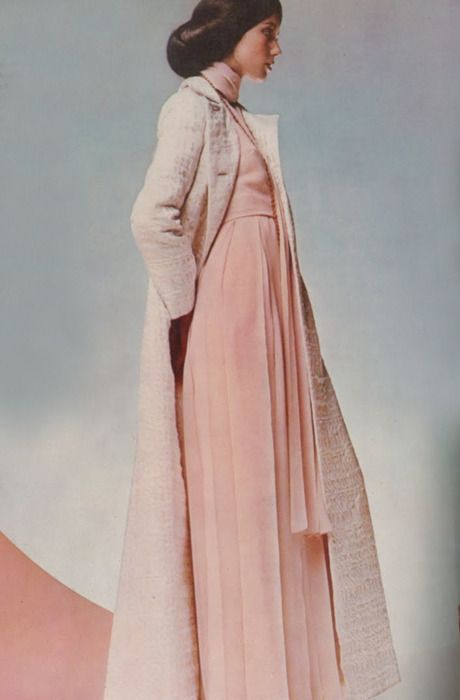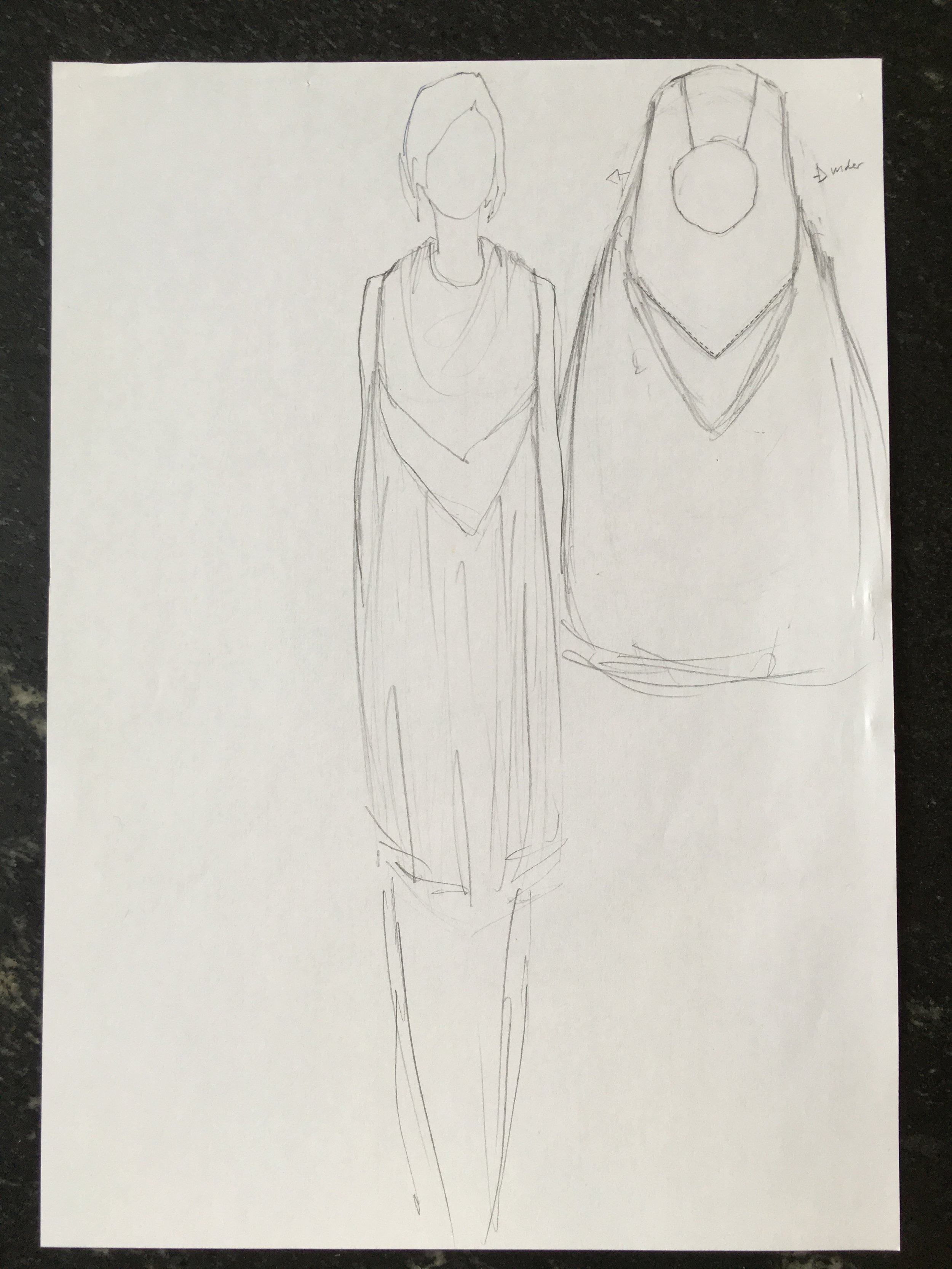At the end of 2020, Moncler announced their acquisition of outerwear brand Stone Island. This merger is significant in the luxury outerwear sector, where few brands have developed the loyal following and cool-factor across global markets as Stone Island. While Moncler has maintained a unique place in the industry by making space for both high-end fashion and elite activewear in their brand ethos. The remarkably high price tag does a lot of the work, keeping the Moncler brand well apart from competitors like Boegner and Mackage.
Stone Island
There are mutual benefits to the brands’ connected fates which include access to each other’s audience and markets, and the infrastructure where each has its own strengths:
“With Stone Island, Moncler is diversifying with a more technical brand after a streak of double-digit sales growth ended…Moncler may be able to help Stone Island improve its distribution. The acquirer gets 77% of its revenue through its own network of 218 stores, while Stone Island only has 24 shops and gets three-quarters of sales from wholesale partners.” (Bloomberg)
The two brands have unique histories. This makes them distinct from each other, and also is a strong case for their respective brand equity. Moncler, founded as a skiwear brand in 1952, is best known for quilted jackets and heritage as a supplier for alpine expeditions throughout the ‘50s and ‘60s.
In the ’80s, Moncler made a push towards an urban clientele that would eventually shift the brand away from its sporting goods origins to a high-fashion brand. The timing of Moncler’s streetwear strategy coincides with the launch of Stone Island. Although their audiences were always different, both brands seem to have been responding to a similar cultural moment.
“Men’s wear brand Stone Island was established in 1982, and it is known for its extensive research on fibers and textiles, experimenting with dyes and treatments.” (WWD)
Both brands push the boundaries of the outerwear category. Some of the most interesting work that comes from Stone Island has to do with the company’s technical experimentation. While for Moncler, it is the genius collection that most captures the imagination, references new ways of thinking, and develops the medium of outerwear.
Moncler Genius, Pierpaolo Piccioli
What Moncler did, through this acquisition, is re-position itself from being a target for acquisition to the master of its own fate. Elite in its own way, Stone Island, under the ownership of Moncler, actually seems to bring some agility and freshness to the older brand which otherwise might have become folded into a stifling luxury conglomerate.
Hopefully, the spirit of exploration that launched them is what carries these two brands together into the coming decades.

































